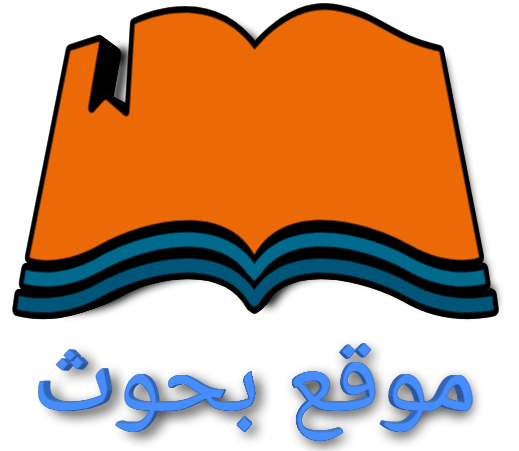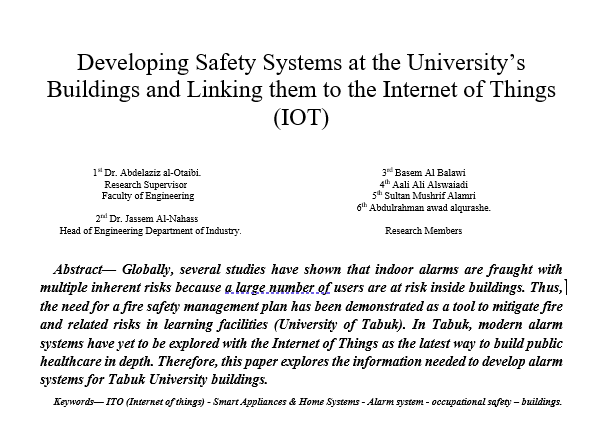
تقييم و محاكاة نظام المواصلات في مدينة غزة باستخدام برامج نظم المعلومات الجغرافية و التراسكاد pdf
ملخص الدراسة:
Because of high population density, small road network and concentration of local and international institutions of Gaza City, it suffers from traffic congestion in different spots. Therefore, there is a need for scientific-based transportation planning in order to evaluate the existing situation of Gaza transportation system and to test future development scenarios of transportation system and land use. Most of the developed processes like the conventional travel demand forecasting process face many challenges when applied to Gaza-Palestine. These challenges are the absence of previous transportation planning studies, lack or absence of transportation data, unavailability of extensive amount of land use, socioeconomic, and demographic data and the lack of resources. Given this context, the objectives of this research are (1) to analyze the existing traffic situation of Gaza City based on a reliable traffic count (2) to model and build the road network of Gaza City using a suitable transportation planning software (3) to develop of current O-D matrix for Gaza transportation system (4) to estimate and evaluate the traffic flow and network performance based on the selected process. The methodology of the research is based on two levels of evaluation of Gaza transportation system which are intersection level, where SIDRA model was used. And network level, where TransCAD was used. The results of data collection and analysis show that the morning peak period from 7:30 to 8:30. The highest peak hour traffic flow was 4033.2 pcu/hr at Aljala-Omer Almokhtar intersection ( Alsaraia) and the average network peak hour factor was 0.91. Based on SIDRA software for intersection level evaluation, existing traffic control at 21intersections were not the best. The control systems needed to be modified are that 11 intersections have to be priority, 14 intersections have to be roundabout and 10 intersections have to be signalized intersections. Based on the network level evaluation, the total network vehicles hours were 76899 hours for the present situation and the estimated vehicles hours for year 2015 is 85659 hours. The total vehicles kilometers traveled was increased from 49488073 Km to 54993616 Km which shows also an increase of 11%. Traffic control design for Gaza intersections are recommended to be changed as mentioned in the thesis, and it is recommended to follow up the seasonal fluctuation of the traffic control design throw the year.
توثيق المرجعي (APA)
خصائص الدراسة
-
المؤلف
Al-jazzar, Mohammed J.
-
سنة النشر
2012
-
الناشر:
الجامعة الإسلامية - غزة
-
المصدر:
المستودع الرقمي للجامعة الإسلامية بغزة
-
نوع المحتوى:
رسالة ماجستير
-
اللغة:
English
-
محكمة:
نعم
-
الدولة:
فلسطين
-
النص:
دراسة كاملة
-
نوع الملف:
pdf



